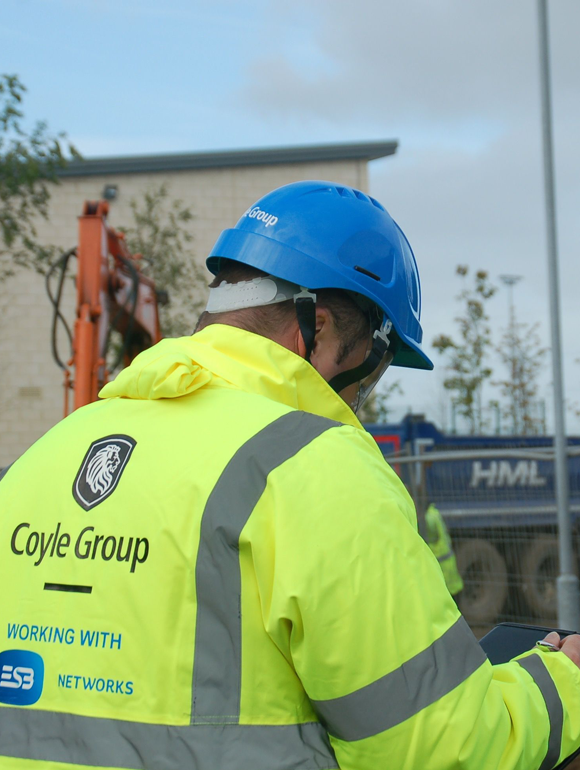BENCHMARK YOUR SAFETY CULTURE
Safety Culture Assessment Tool
In 2023 we commissioned a team of research experts and safety experts to develop a white paper to address what it means to have an excellent safety culture and how does a company strive to meet this standard.
In summary, here is what we found.
- There is some good research papers and theories available in this area in the current global market.
- Most of the research has been around the Oil & Gas industry or aviation industry.
- The tools available to assess this area are varied and mainly broad in their approach.
What we concluded:
Lets build a safety culture assessment tool for all industries that:
- Clearly indicates first hand experiences of workers so that business owners have detailed responses that are meaningful and actionable.
- Make the assessment practical, easy to use, easy to understand and targeted.
- Make the assessment affordable and accessible to all users.
- Merge the theories of the best research in this area and add our own experiences and theories into one assessment.
- Include benchmarking and reporting as part of the process so owners can be supported.
Click here to arrange an appointment with Gavin and discuss an assessment for your business

















